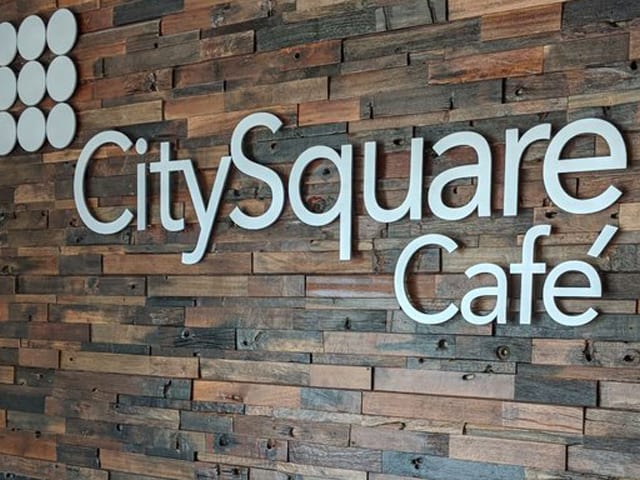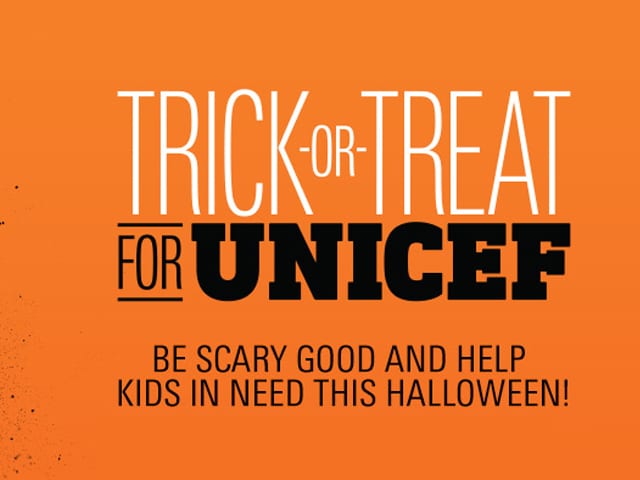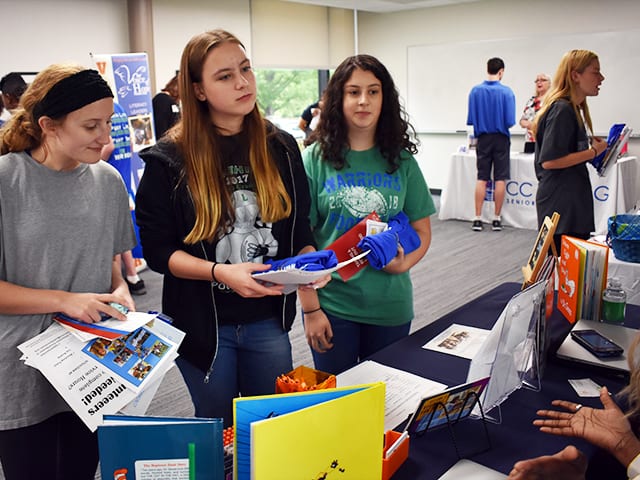December 3, 2018
I love the story behind the familiar Salvation Army Red Kettle at the holidays. According to The Salvation Army’s website, the kettle originated back in 1891, when Salvation Army Captain Joseph McFee was distraught because so many poor individuals in San Francisco were going hungry. During the holiday season, he resolved to provide a free Christmas dinner for the destitute and poverty-stricken. He faced a major obstacle, however, in funding the project.
As he pondered how to find the funds to fulfill his commitment of feeding 1,000 of the city’s poorest individuals on Christmas Day, he thought back to his sailor days in Liverpool, England. He remembered a large, iron kettle called “Simpson’s Pot,” located at Stage Landing, where the boats came in, where passersby could toss in their coins to help the poor.
The next day, Captain McFee placed a similar pot at the Oakland Ferry Landing at the foot of Market Street. Beside the pot, he placed a sign that read, “Keep the Pot Boiling.” He soon had the money he needed to feed the poor at Christmas.
Six years later, the kettle idea spread from the West Coast to the Boston area. That year, the combined effort nationwide resulted in 150,000 Christmas dinners for the needy. In 1901, kettle contributions in New York City provided funds for the first mammoth sit-down dinner in Madison Square Garden, a custom that continued for many years. Today in the U.S., The Salvation Army assists millions of people during the Thanksgiving and Christmas time periods.
Captain McFee’s kettle idea launched a tradition that has spread not only throughout the United States, but all across the world. Public contributions to Salvation Army kettles enable the organization to continue its year-round efforts to help those who would otherwise be forgotten.
Every December for many years, I have had the opportunity to ring the bell for the Salvation Army. A friend from the photography department at The Dallas Morning News sponsors the kettle at NorthPark Mall on Mondays throughout the holiday season between Thanksgiving and Christmas, and he always invites us to participate. We fill several slots with faculty, staff, and students at Lakehill Preparatory School, and my family and I always volunteer for a shift together.
Celebrating more than 125 years, the Salvation Army’s traditional red kettle is an integral part of the holidays, with millions of dollars donated each year to aid needy families, seniors, and the homeless, in keeping with the spirit of the season. Donating to a red kettle is easy – spare change helps change lives.
Volunteer groups are needed to staff red kettle sites for a minimum of a full day. This is a great way for organizations to help raise important funds that make an immediate difference in the community. It is a fun activity for any age, and even more enjoyable when done with friends or family. The day can be divided into multiple shifts, to make it easy for volunteers to get involved. Find out more.











